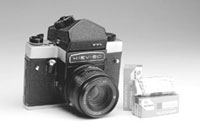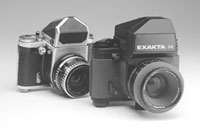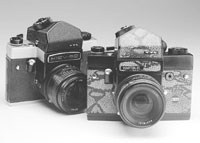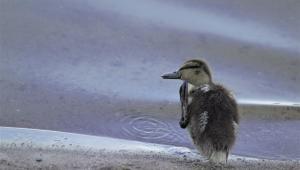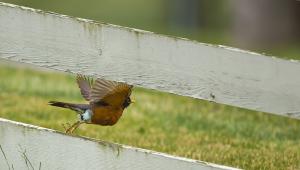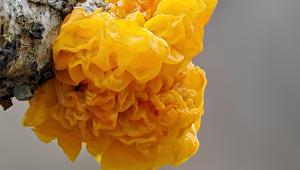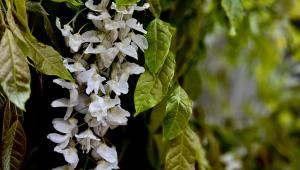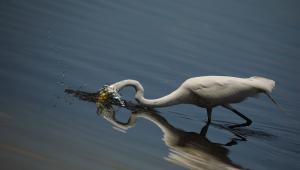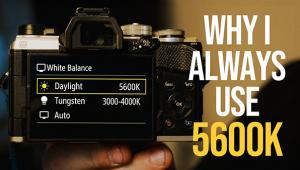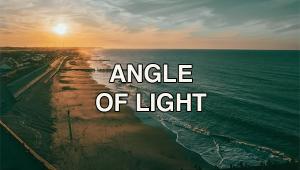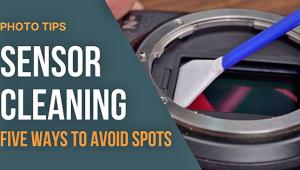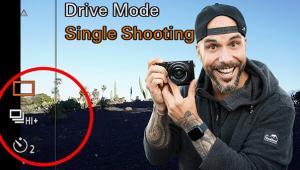The Kiev Kronicles -- Part 2
The Kiev 60, Like A 35mm Camera On Steroids
Last month we took a look
at the anachronistic Kiev 88 medium format camera. A contemporary camera
like the ancient Hasselblad 1000f, the Kiev 88 mostly is thought of
as "cheap." If ultimate quality is your goal, look somewhere
else. If the most quality image for your money is your bag, then the
cheaper-than-cheap Kiev 88 and its more expensive rebuilt cousin from
Kiev USA and the thoroughly rebuilt Hartblei cameras from Kalimex in
Czechoslovakia are definitely worth a look. If $350 for a medium format
camera with interchangeable backs, metered prism, interchangeable lenses,
and 120 roll film capability is still too much, then how about a 120
rollfilm camera for under $200? While folders and TLRs from China have
always been inexpensive, their lack of interchangeable lenses, meters,
and any sort of basic ergonomics makes them difficult beasts to master. |
|||
After the fiasco of the 6C,
designers at the Arsenal Factory went back to work and came up with the
Kiev 60, which omits all of the troublesome mechanisms of the Pentacon
film advance at the price of slightly uneven frame spacing. The Kiev 60
feels quite a bit heavier than a Pentacon 6. While this makes it a bit
more difficult to handle, it really doesn't feel all that bad in
your hands. The first oddity is the placement of the shutter release.
Rather than putting it on the top plate of the camera, like most SLR manufacturers,
Pentacon (in their 35mm Praktica cameras as well as on the Pentacon 6
series) and Kiev place theirs on the front of the camera, angled 45°
up. It looks weird, but works just fine. The second oddity is the uncoupled
meter. Good luck working this thing reliably. Besides the fact that they
always come through from the factory uncalibrated, the little dials have
a habit of moving on their own, making it necessary to always check your
film speed and maximum aperture setting on the dial before taking a reading.
While the 6C offered both metered and non-metered prism finders, none
of us has seen any prism finder for the Kiev 60 without the meter. |
|||
That said, it's a pretty
cool camera. Forget all the flaws, because the Kiev 60 has one thing that
no other medium format camera has--inexpensive lenses. Since the whole
point of buying any interchangeable lens medium format camera is to give
the photographer the option of using different lenses, most beginning
medium format shooters soon learn that even a bargain camera can be almost
useless if the lenses are too expensive. While an old Hasselblad 500C
may be a viable alternative to a budget camera like the Kiev, even old,
beat up leaf-shutter lenses for the Hassy can be expensive. Consider these
comparisons: a well used, single-coated chrome barrel 150 f/4 Zeiss Sonnar
for a Hasselblad might sell for $800-$1000, while a 150 f/2.8 Kaleanar
for the Kiev 60 can often be had for under $300 new, and under $200 used.
A clean used 55mm lens for the Pentax 67 has no leaf shutter and thus
is priced accordingly at under $500 at most dealers. The 45mm Mir for
the Kiev 60 can be had brand-new from many sources for under $250. |
|||
So, how can you ensure the
good results and banish the bad ones? First of all, the Kiev 60s that
are shipping today are better than those made in the late 1980s. Frame
spacing is more consistent; film door light seals are better; the shutter
glide is smoother; and many have the mirror chambers partially flocked
to eliminate internal glare. However, there is no such thing as a brand-new
Kiev 60. The factory in Kiev stopped making them years ago when the inventory
reached a tremendous level, and they've been selling the 1994, 1995,
and 1996 bodies since then. (Whether or not the factory will resume production
once the inventory is depleted is unclear, so Kiev 60s may be in short
supply by the time this article appears.) Since you never know which year
camera you will receive when buying new, and used Kiev 60s are a risky
enterprise at best, here are some tips for making these beasts take good
pictures reliably: |
|||
Even better you might want
to consider buying a new camera from Kiev USA or a modified Hartblei camera
from Kalimex. Besides the obvious benefits of an inexpensive body and
less expensive lenses, the biggest advantage of owning a Kiev 60 is to
use the excellent family of Zeiss Jena lenses designed for the Pentacon
6 cameras. While the older single-coated lenses are available very inexpensively,
you'll probably want to do what I did and buy only the late model
all black multi-coated lenses from the 1980s. I bought the 50 f/4 MC Flektogon;
the 80 f/2.8 MC Biometar; the 120 f/2.8 MC Biometar; the 180 f/2.8 MC
Sonnar; and the huge 300 f/4 MC Sonnar. All of this Zeiss glass was found
used in excellent condition with the original cases and caps. My total
outlay for the entire family of lenses was around $1500, which is pretty
good for five high quality Zeiss lenses. Unlike the Ukrainian bargain
lenses, the Zeiss glass is beautifully finished, has the silky smooth
focus one would expect of pro-quality gear, and produces sharp, contrasty
images. With a Kiev 60 body and a handful of Zeiss lenses, I figured that
I would go out and buy every Ukrainian lens, new or used, I could find.
(Since I had heard that some would be in short supply soon) I picked up
the 30mm fisheye; the 45mm Mir; the 65mm f/3.5 Mir; the 120 f/2.8 Vega;
the 150 f/2.8 Kaleanar; and the 250 f/3.5 Jupiter. My total outlay for
the entire lens kit was a paltry $975. |
- Log in or register to post comments
